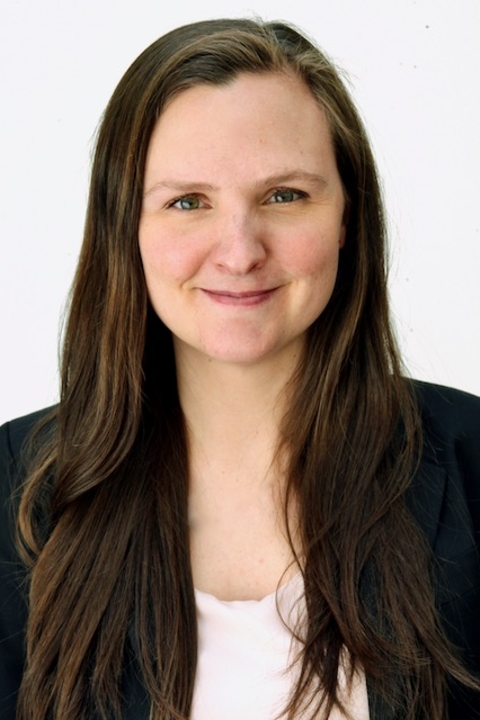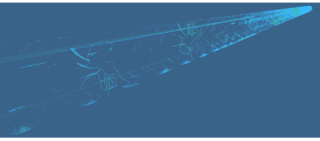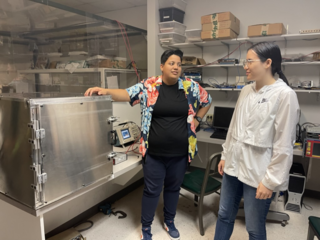Biographical Sketch:
Laura Havener joined the Yale Physics Department faculty as an assistant professor in 2023. Previously, she held positions as an associate research scientist and postdoctoral associate at Yale, working with the Relativistic Heavy Ion Group (RHIG) at Wright Lab.
Prof. Havener obtained a Ph.D. in physics from Columbia University and received her bachelor’s degree in physics from the University of North Carolina at Chapel Hill.
Havener, along with other members of RHIG, develops curriculum, activities, and experiments for local high school students with the Yale Pathways to Science program.
Research:
Prof. Havener focuses on experimental high energy nuclear physics, studying quantum chromodynamics (QCD) using high-energy particle colliders. She specializes in exploring the complex structure of high-energy particles known to investigate the intricate nature of the deconfined state of QCD matter called the quark-gluon plasma (QGP).
As a member of the ALICE collaboration at the Large Hadron Collider (LHC), she studies high-energy particles known as jets and how they interact with the QGP. She specializes in using Jet Substructure techniques to explore the complex structure of jets, revealing the intricate nature of the QGP.
Education:
Ph.D., Columbia University, 2018
Selected Publications:




